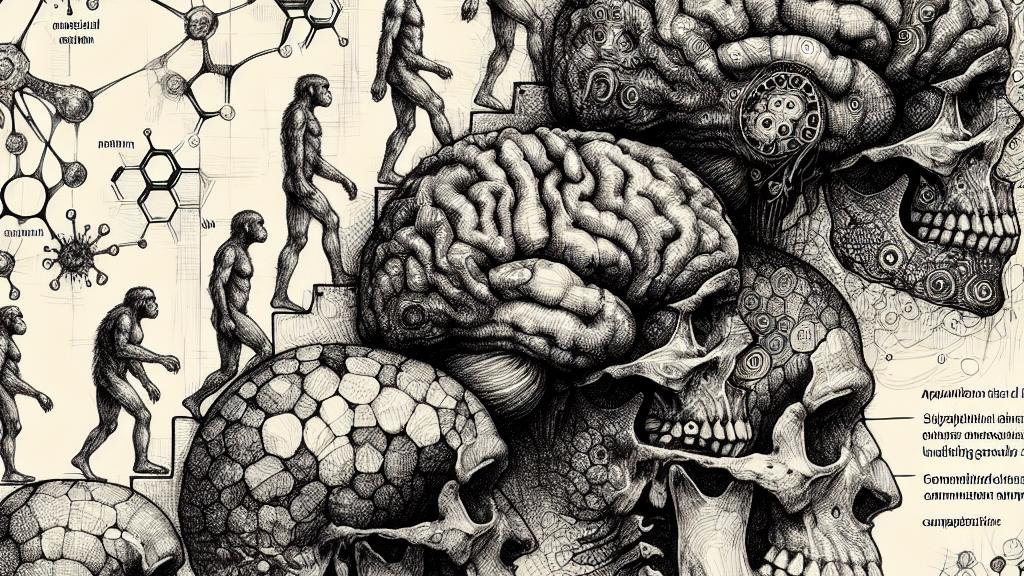Author Correction on Human Brain Evolution Insights
Overview
- Groundbreaking research reveals new insights into human brain evolution.
- Correction rectifies critical inaccuracies in key data figures.
- Study explores molecular and cellular changes that shaped brain development.

Discovering New Dimensions in Research
The recent study, conducted at the prestigious MRC Laboratory of Molecular Biology in the United Kingdom, sheds light on the enthralling story of human brain evolution. Authors like Feline W. Lindhout and her team have uncovered not only the substantial increases in brain size but also the molecular intricacies that have accompanied these changes. For instance, they reveal how adaptations in the neocortex have occurred in tandem with our growing capacities for social interaction and advanced communication. This exploration not only deepens our understanding of how our ancestors adapted to their environments but also illustrates the intricate relationship between the evolution of cognitive abilities and physical brain structure, presenting a compelling narrative of what it truly means to evolve.
The Crucial Role of Precision in Scientific Communication
In the realm of scientific research, celebrating accuracy is paramount, and the recent correction to this study serves as a testament to that principle. Initially, a critical figure featured misleading y-axis units, which could have drastically altered the interpretation of results. After rectifying the range from a confusing 0-8 to a more precise 0.1-10,000, the clarity of the findings has greatly improved. Such corrections may appear minor at first glance; however, they are vital in maintaining scientific credibility and integrity. This incident illustrates how even the smallest detail in data representation can wield significant influence on collective understanding, reminding us that scientific inquiry thrives on honest and accurate reporting.
Unlocking Broader Implications for Human Evolution
Delving into the findings of this research unveils rich ramifications for our understanding of human evolution. Consider this: over the last seven million years, our brain size has remarkably tripled, and nearly all that expansion took place in a relatively short span of two million years. The rise of Homo erectus, with brain sizes averaging over 1,000 milliliters, marked a pivotal moment in our evolutionary history. This growth correlated with the development of sophisticated tools and complex social structures. Furthermore, the ongoing evolution of brain regions linked to advanced thought processes, problem-solving, and language illustrates a direct connection between our neural architecture and environmental adaptation. As we ponder these findings, we cannot help but become curious about the future of human cognition—what might lie ahead with advancements in technology, neuroscience, and genetics? The journey of understanding our brain continues, promising more revelations that could transform our perception of what it means to be human.

Loading...